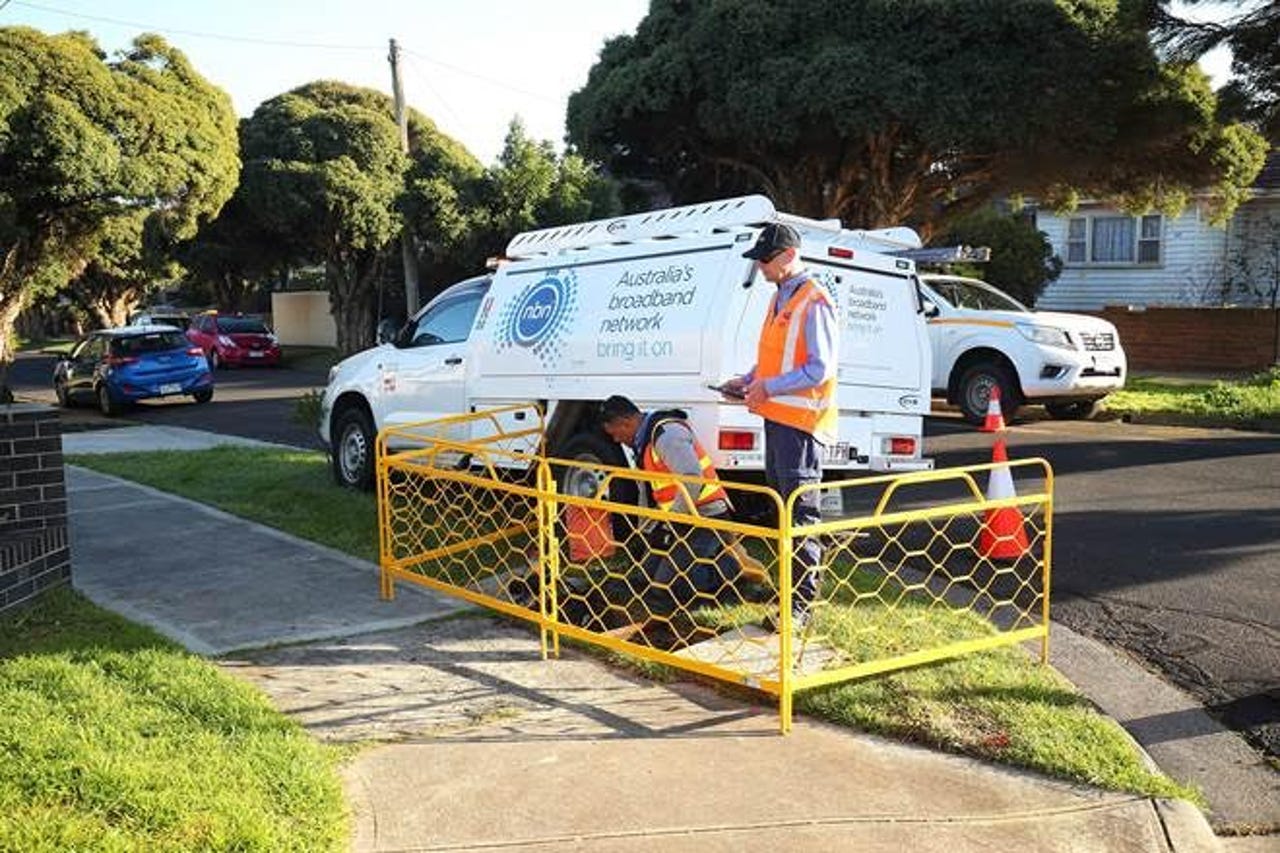NBN shifts positive cash flow predictions out to 2023


Despite insisting in recent times that it would be cash flow positive in the 2022 fiscal year, the National Broadband Network (NBN) has revealed it will miss that time frame.
Announcing its corporate plan on Friday, NBN revealed it would not be cash flow positive until a year later 2023.
This change is due to the company increasing its expected capital expenditure from AU$1.2 billion in 2022 to AU$1.4 billion, thereby sinking its tiny AU$100 million cash flow for 2022 predicted last year.
Instead, NBN said it would be cash flow positive from 2023 with AU$700 million being the first cash flow positive total.
On the earnings before interest, tax, depreciation, and amortisation (EBITDA) front, NBN has decreased its FY2021 positive EBITDA from AU$1.3 billion to AU$0.8 billion, and FY2022 is down by AU$100 million to AU$2.4 billion.
For revenue, although NBN beat its prediction for FY19 posting AU$2.83 billion, it has revised downwards its revenue expectations in FY20 by AU$200 million to AU$3.7 billion, and by AU$300 million for FY21 to AU$5.2 billion. Revenue for 2022 remains steady at AU$5.6 billion, and the company is expecting revenue of AU$5.9 billion in 2023.
For 2020, NBN also revised down its number of active premises from 7.5 million to 7 million.
See also: Snake and ladders as Australian broadband realigns towards NBN
"This is purely a timing issue around deployment and activations, with the Ready to Connect footprint coming later during FY20 than originally forecast in the previous year's plan," NBN said.
"There is no expected material change to the underlying performance of the business and revenue is forecast to recover to expected levels in subsequent years."
NBN CEO Stephen Rue said the medium-term outlook for NBN remained unchanged.
Of the number of premises that will remain unconnected due to needing "bespoke" connections -- these are premises that require a complex installation, are located within culturally significant areas, or are heritage sites -- the company said there are around 100,000 premises falling into this category.
"Very few, if any, infrastructure projects of this magnitude have ever been delivered in Australia and, after 10 years of hard work and less than 10 months to go until our target completion date, I'm confident we'll complete the build on time and on budget," Rue said.
"To date, NBN Co and its delivery partners have rolled out more than 280,000 kilometres of fibre-optic cable, re-purposed and upgraded existing HFC and copper technologies, built a Fixed Wireless network comprising some 2,200 towers and approximately 13,000 cells, and launched two satellites."
NBN said it was looking to co-invest with retailers to improve in-home wiring and provide Wi-Fi modem upgrades.
By the end of fiscal 2023, NBN expects there will be 2.2 million premises connected with fibre-to-the-premise (FttP), evenly split between greenfield and brownfield connections, 4.7 million on fibre-to-the-node (FttN) and basement (FttB), 1.4 million on fibre-to-the-curb (FttC), 2.5 million on hybrid fibre-coaxial (HFC), 600,000 on fixed wireless, and 400,000 on satellite.
The cost per premises across all technologies is expected to rise. FttP brownfields will see a AU$2 increase to AU$4,400 for 2020, while FttP greenfields will rise AU$12 to AU$2,190.
For FttN/B, cost per premises will jump from AU$2,268 to AU$2,340 due to "ongoing copper rehabilitation and higher connection costs for future activations", NBN said.
Civil works would see FttC cost rise AU$71 to AU$3,200 per premise, while HFC would move from AU$2,590 to AU$2,660 due to "greater civil works, volume of new lead-in conduits required to be built and the reduced number of self-install connections anticipated".
Fixed wireless will increase from AU$3,838 to AU$4,370 thanks to what NBN has termed as premises dilution.
Rue refused to drawn on when upgrades to technology would occur, stating that the 2020-23 Corporate Plan was focused on completing the network per the government's statement of expectations.
"The corporate plan released today confirms that the NBN is on schedule, and on budget, with the build on track for completion next year," Communications Minister Paul Fletcher said.
"In 2015, when we released our three year plan to reach three-quarters of Australians by mid-2018, the plan was derided by the then-Shadow Communications Minister as a ramp up that Evel Knievel couldn't jump.
"Like much of what has been said by Labor about the NBN, he was wrong -- NBN has met the plan."
Current Shadow Communications Minister Michelle Rowland said the plan showed the challenges facing the economics of the NBN.
"Build and operating costs out to mid-2022 are AU$1.3 billion higher than previously forecast, and cash flows have been delayed. NBN is clearly struggling with the complexity of multiple technology rollouts," she said.
Related Coverage
NBN reports positive full year EBITDA once Telstra payments excluded
Adjusted EBITDA of AU$608 million wiped out by AU$2 billion in payments to Telstra and Optus.
NBN moves into Layer 3 with Sky Muster Plus launch
Broadband wholesaler to exempt certain sites, email, and operating system updates from satellite data quota.
Australia Post to use NBN as part of network infrastructure upgrade
Australia's incumbent postal service has awarded Comscentre to help with the five-year project.
ACCC takes credit for Optus NBN outage improvements
Optus has deployed a firmware update to customer to reduce its outage rate.